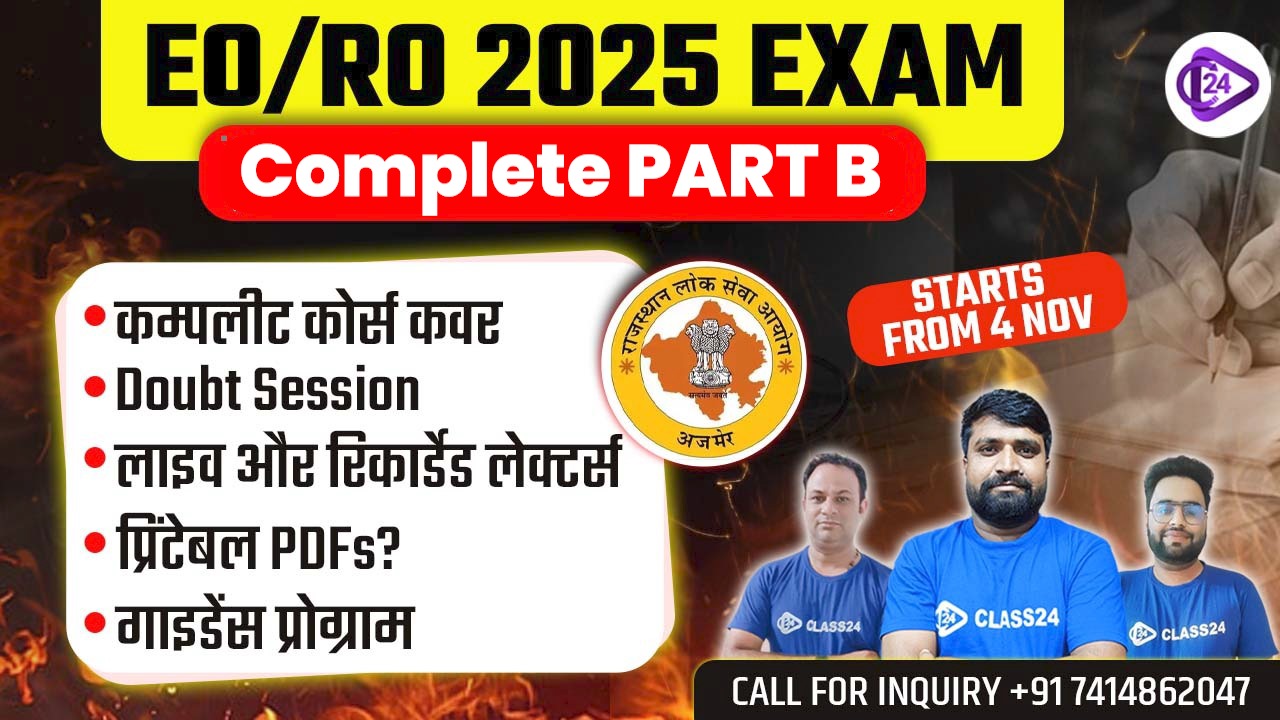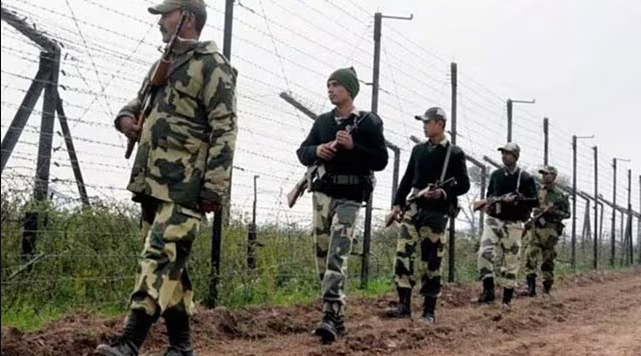
The Indian government directed its resources into building an "anti-cut and anti-climb" border fence which will span 1,643 kilometers along its Myanmar frontier during the next decade. The initiative conducts three vital operations by restricting illegal entry and developing border protection mechanisms while tracking individuals who cross borders. The border fence project encounters opposition from the Naga and Kuki-Zo ethnic communities since they believe the initiative will sever familial bonds and cultural relations.
Introduction:
-
The Border Fencing initiative includes major aspects such as fencing 1,610.2 kilometers of border with Myanmar through an "anti-cut, anti-climb" barrier during the next ten years.
Project Scope and Cost:
-
Total length of fencing: 1,610.2 km
-
Total cost: ₹31,031.9 crore
-
Government projects 1,467.5 kilometer road construction for improved accessibility across the region.
-
Surveillance cameras installed on the fence will help improve monitoring effectiveness.
Implementation Progress:
-
The expenditure for border fencing totaled ₹114.09 crore throughout April 1 to December 31 in 2024.
-
Local scientists produced this border fence through development that includes superior security elements.
-
The revised Free Movement Regime (FMR) enables operation of 22 border crossing points from a total of 43 designated entry points.
Regulation and Monitoring:
-
All individuals coming from Myanmar need to use designated reporting locations for border entry.
-
Biometric data collection and issuance of a seven-day border pass
-
Centralized database for tracking movement
Opposition and Concerns
-
Impact on Ethnic Communities:
-
Different indigenous populations located in the border region maintain extensive social relations across both sides of the border.
-
Social ties with economic relationships and the family would be interrupted when the fence was built.
-
-
Political and Security Concerns:
-
Several commentators believe fencing does not effectively eliminate border security problems in this area.
-
Border fencing might lead to increased tensions throughout the highly unstable northeastern borders.
-
Part of the ethnic conflicts in Manipur originated from the unrestricted border crossings.
-
-
Free Movement Regime (FMR):
-
FMR began operation in 1968 by granting border residents unchecked passage within 10 km of the border.
-
Restricting this system has created humanitarian risks according to different parties.
-
Strategic and Geopolitical Considerations
-
India’s Security and Border Management:
-
Indian authorities are pursuing policies to suppress both rebellion and unauthorized border crossing.
-
Border security enhancement serves the purpose of India's counterterrorism strategy.
-
-
China Factor:
-
Myanmar holds crucial strategic importance for India as it advances its Act East Policy activities.
-
India's investment in Myanmar counters Chinese influence in the region.
-
The Sittwe Port together with Kaladan Multi-Modal Transit Transport Project serve as essential infrastructure projects.
-
-
Regional Stability and Diplomatic Relations:
-
The nation seeks harmonization between military requirements and diplomatic affairs.
-
Myanmar faces internal uncertainties which affect its bilateral relationships with other nations.
-
Conclusion and Policy Recommendations
-
Balancing Security and Humanitarian Concerns:
-
Ethnic communities should obtain restricted access to partially fenced border areas.
-
Security officials must activate confidence-building procedures to work with population groups that experience negative effects.
-
-
Enhancing Regional Cooperation:
-
India should enhance its diplomatic efforts to discuss border protection strategies with Myanmar.
-
Promote joint border management initiatives.
-
-
Economic and Developmental Approaches:
-
Enhance infrastructure and trade connectivity.
-
The implementation of additional economic opportunities needs to be made available to communities who will be affected by the decision.
-
The security initiative needs proper consideration of ethnic issues and regional stability when implementing it. Strategic decision-making through integration of security measures with economic growth along with cultural understanding guarantees lasting achievement.



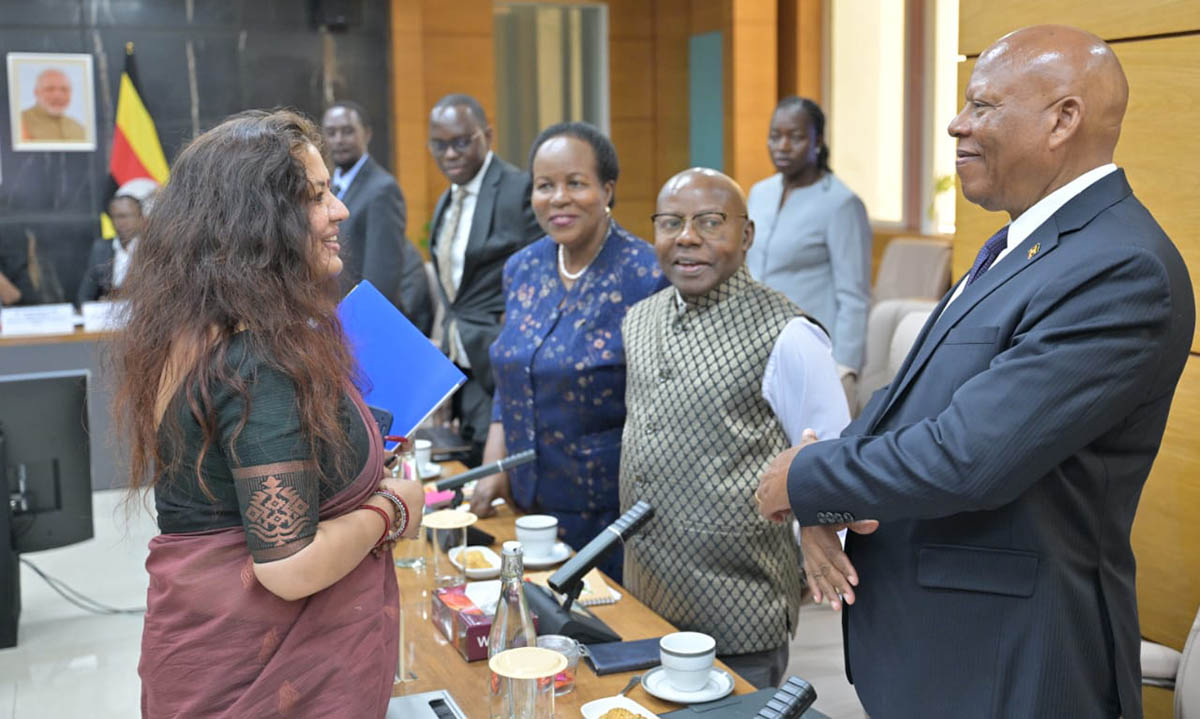 3rd Session of India-Uganda Joint Trade Committee Held in New Delhi
3rd Session of India-Uganda Joint Trade Committee Held in New Delhi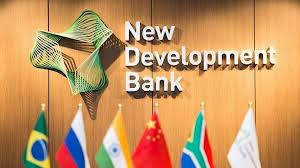 Indonesia to Join New Development Bank: A Strategic Move Towards Economic Growth
Indonesia to Join New Development Bank: A Strategic Move Towards Economic Growth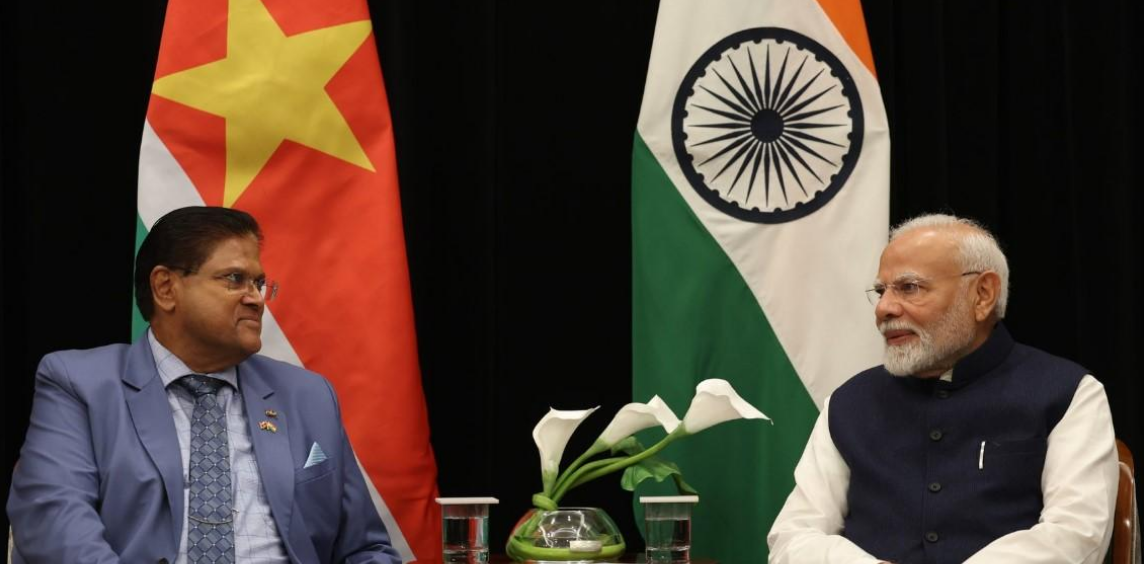 India Strengthens Ties with Suriname: $1 Million Machinery Support for Passion Fruit Industry
India Strengthens Ties with Suriname: $1 Million Machinery Support for Passion Fruit Industry Kirsty Coventry Will Lead Olympics as I.O.C.’s First Female and First African President
Kirsty Coventry Will Lead Olympics as I.O.C.’s First Female and First African President NASA Astronauts Sunita Williams and Butch Wilmore Return to Earth
NASA Astronauts Sunita Williams and Butch Wilmore Return to Earth India Ranked 24th Out of 33 Countries in Free Speech Index
India Ranked 24th Out of 33 Countries in Free Speech Index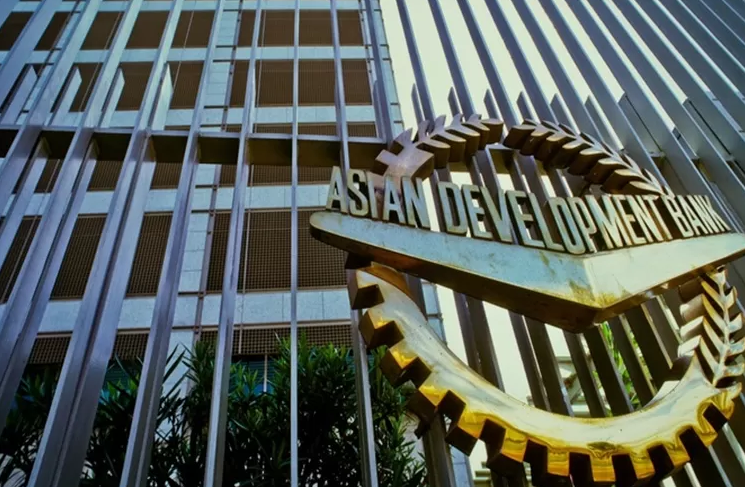 ADB Launches Frontier Seed (Pacific) Program for Economic Growth
ADB Launches Frontier Seed (Pacific) Program for Economic Growth Raisina Dialogue 2025: A Strategic Forum for Global Geopolitical Discourse
Raisina Dialogue 2025: A Strategic Forum for Global Geopolitical Discourse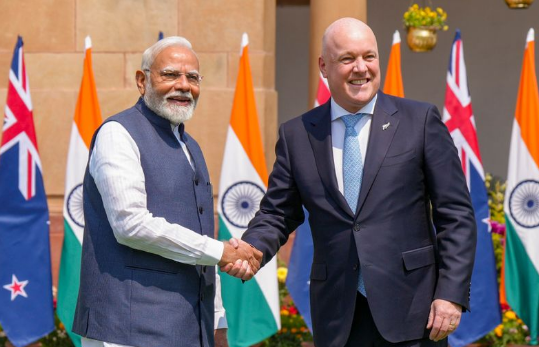 India and New Zealand to Institutionalise Defence and Security Cooperation
India and New Zealand to Institutionalise Defence and Security Cooperation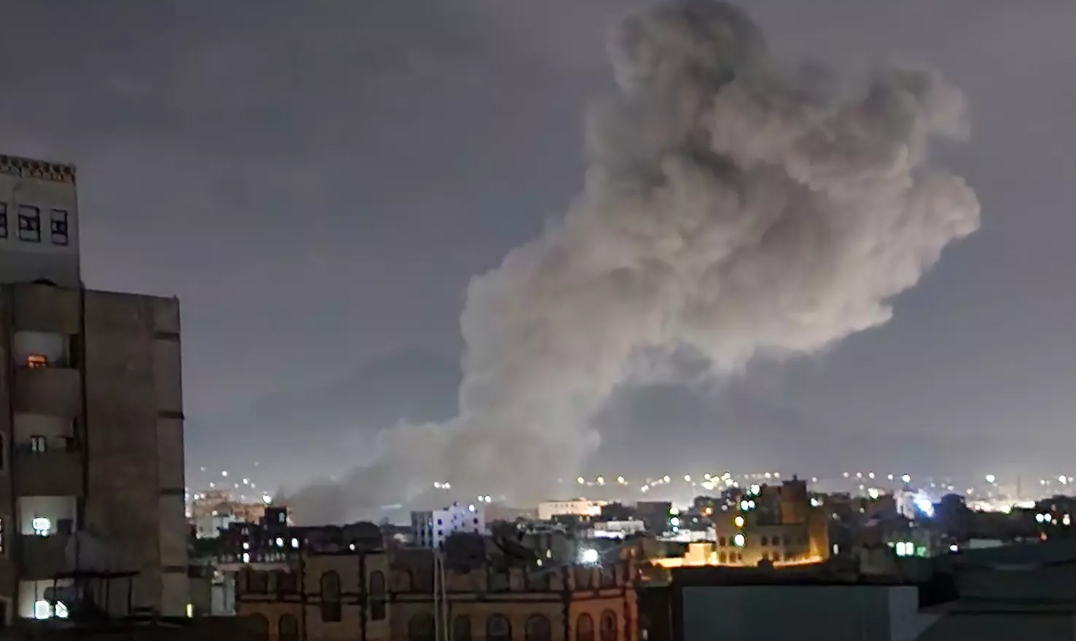 U.S. Airstrikes on Houthis in Yemen Escalate Regional Tensions
U.S. Airstrikes on Houthis in Yemen Escalate Regional Tensions





